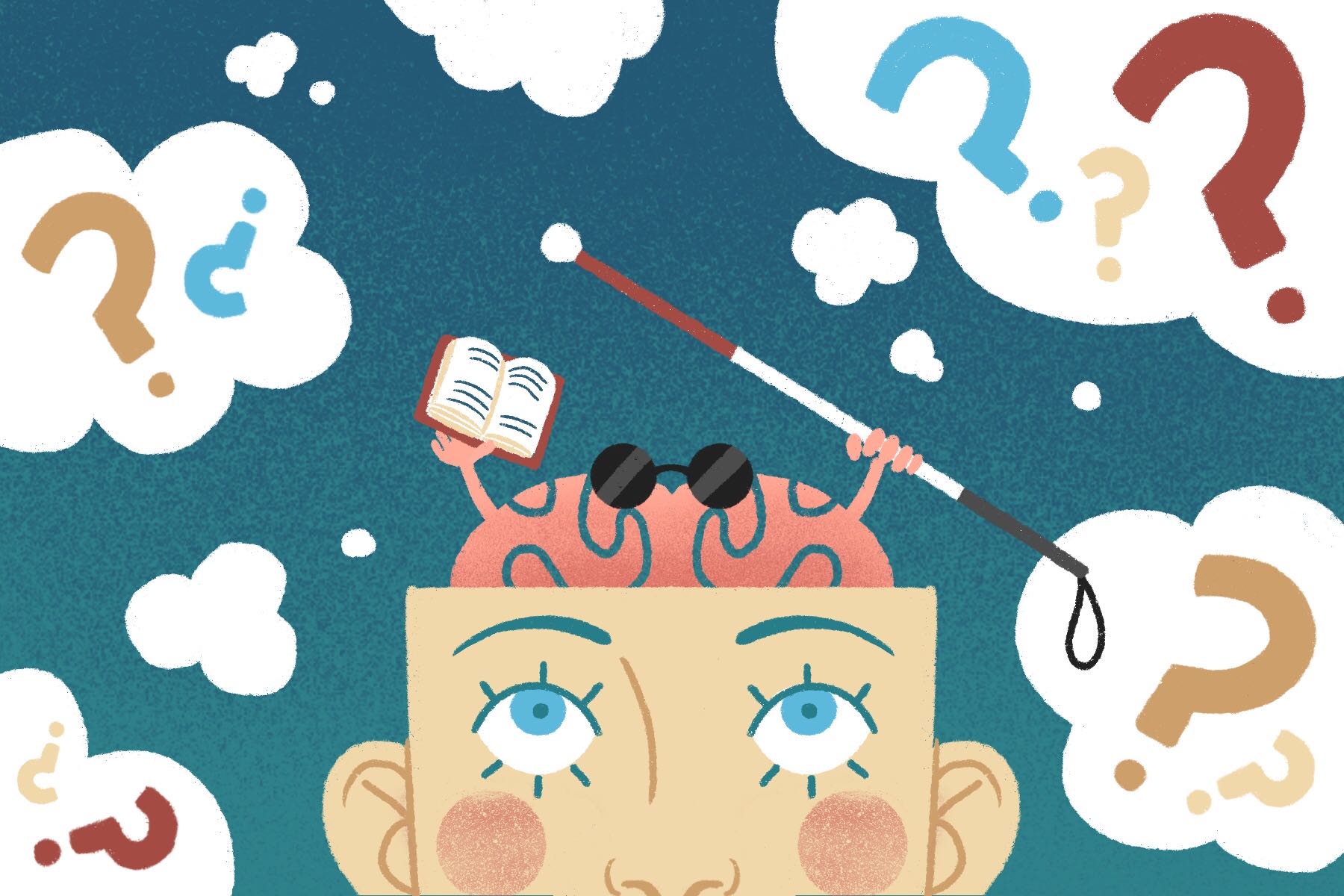Being able to “see” with your mind’s eye and visualize is a luxury most of us don’t even realize we have. For an estimated 2% of the population, or 1 in 50 people, this is an ability that they lack; they are “blind in their mind’s eye.” Aphantasia — the suffix “a” meaning “without” and “phantasia” meaning “imagination” in Greek — is the word for this disability.
Despite being first studied in 1880 by Francis Galton, not much is known about aphantasia yet. After Galton’s original study, the phenomenon was largely left alone until 2003 when a man known as MX approached Adam Zeman, a professor at University of Exeter in England, about a strange problem he was having.
After a minor surgery, MX found that he could no longer form pictures in his mind’s eye, whereas before the surgery, he could do so perfectly. Zeman and a team of neurologists studied MX’s condition, which led to a further study, which was published in 2015. In the 2015 study, Zeman’s team coined the term aphantasia and explored aphantasics ability to visualize.
In this study, they gave 21 individuals a Vividness of Visual Imagery Questionnaire (VVIQ). This questionnaire prompted the individual to visualize 16 separate images and rank them on vividness from “perfectly clear,” which had a value of five points, to “no image at all” which had a value of one point. Those with a score of 30 points or less were categorized as having aphantasia. Since the release of the study, and the posting of the questionnaire by the BBC, many more individuals have come forward in recognizing that they have the condition.
This study also identified other characteristics of the phenomenon. While those with it cannot voluntarily call up images in their mind’s eye, they can visualize in dreams, which are considered involuntary, and they can memorize details. For example, they can memorize that the green of grass is lighter than the green of pine trees or that their spouse has brown hair and blue eyes. However, these are verbal memorizations, not details that they can visualize.
Most individuals also describe having it for their entire lives, not realizing they were any different until they were in their teens or early 20s, and they admit to having poor autobiographical memory.
Although little research has been done on it so far, future studies are being planned and important aspects are being taken into consideration, such as potential psychological elements. Zeman and his team stated in their reflection that psychology is a factor that should be evaluated in any future testing. However, despite overlapping symptoms that might also occur in a psychological issue, such as the inability to recognize faces, the phenomenon of aphantasia likely lacks a psychological element.
They support this assertion with details from the individuals in the study. Those people described their condition as lifelong and stable. They led fulfilling personal and professional lives and there weren’t any major emotional events occurring at the same time as the study. These aspects would be present if there was a psychological element to the individuals’ conditions.
Most people are able to function with the condition, finding alternative ways of problem solving. In fMRIs, their brains are shown to be using different areas than someone who doesn’t have aphantasia. For example, in those who don’t have the condition, regions of the brain associated with visualization lit up when asked to solve spacial problems and for those with it, regions associated with control of behavior and planning lit up.
The ability to function with this condition is something that should be considered broadly. It has been proven that success can be found with the condition. Blake Ross, co-creator of Firefox, has aphantasia, as do many other successful artists, architects and scientists, including ex-Pixar chief Ed Catmull. Alan Kendle published “Aphantasia: Experiences, Perceptions, and Insights,” which is a collection of stories from individuals detailing their successful lives with aphantasia.
So, it is possible to live a full life with aphantasia, but there are still those who wish to improve their ability to visualize. Although there is no “cure,” some people have turned to hallucinogens to enhance their abilities and have seen results.
However, the best solution might not be to turn to drugs; they tend to have nasty side effects. The solution is not in “fixing” those with the condition, but in adapting societal habits to better help them. One realm which may cause issues for those with the condition is in education.
Learning and education affect us for the rest of our lives and the ability to visualize is a key aspect to the way we learn, even considered to be a cornerstone of literacy. Multiple studies, from the 1970s until today, have proven that visualization plays an important role in the way elementary school children learn to read, helping them remember what they’ve read and memorize vocabulary. Visualization is also used later in schooling to recognize patterns in mathematics, memorize complex chemical compounds and for certain studying techniques, such as mind maps and picturing specific pages in textbooks.
Despite knowing how key visualization is in learning, there is not enough research to determine whether aphantasia hinders an individual’s ability to learn or if it is linked to any learning disabilities. As the phenomenon is further researched, the implications on education should be considered and if a correlation is found, solutions to help children and adults with aphantasia need to be developed.
A lot of research still needs to be done on this fascinating phenomenon. As we continue to learn about it — what causes it and how it affects the world — we will be able to adapt, developing more solutions and determining whether solutions are even needed.
















